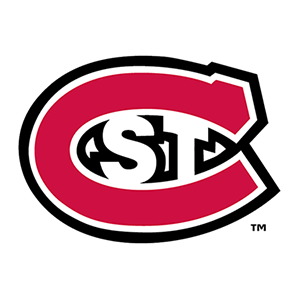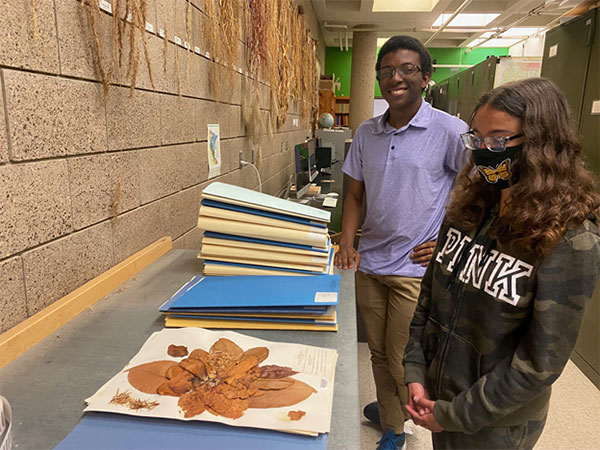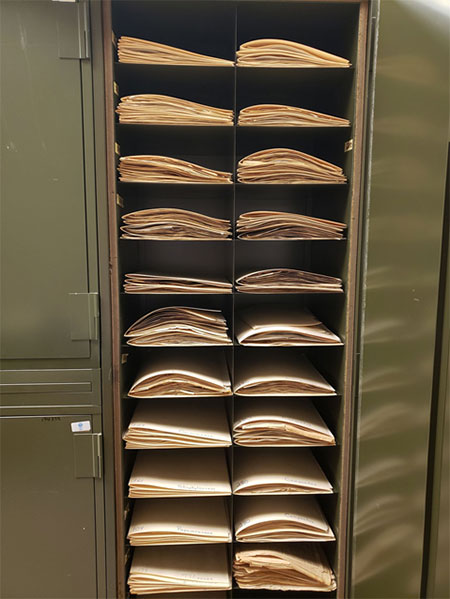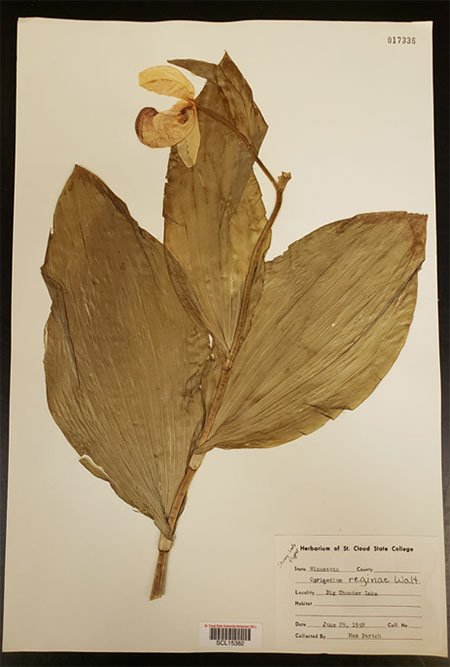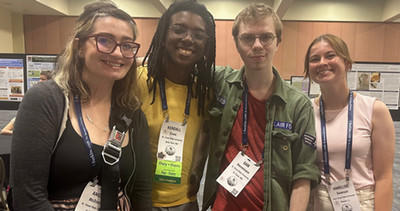Herbarium
Herbarium code: SCL
About the SCSU Herbarium
The St. Cloud State University Herbarium (NYBG Steere Herbarium code: SCL) is an archive much like a library or a museum. It contains more than 20,000 accessioned (mounted, labeled, and barcoded) pressed, dried plant specimens that serve as primary data sources that document plant species and associated metadata. We have an additional 10,000 specimens that are waiting to be accessioned, including plant specimens from the 1960's onward. Each specimen includes the plant collected (usually but not always from central Minnesota) along with a label that includes metadata such as locality, ecological characteristics of the site it was collected on, and collector information.
Why are herbaria useful?
Herbaria are repositories that contain data to support a wide variety of studies and interests including:
- Floristics
- Systematics (or taxonomy and classification)
- Phenology (changes in life cycle events due to variation in climate)
- Biogeography (shifts in geographic distribution due to climate changes)
- Plant identification
- Historical land use change
Read "100 Uses for an Herbarium (Well at Least 72)" by Vicki Funk (PDF)
Connect with the SCL Herbarium
The Herbarium in Action
A timeline of events in the SCL herbarium
Dr. Jorge Arriagada maintained the collection during his time as Director. SCL holds specimens of the Central and South American sunflower genus Clibadium from Costa Rica, Colombia, and Ecuador which were collected as a part of his dissertation research.
Dr. Angela McDonnell is appointed as Herbarium Director and includes students in curation and revitalization of the collection. The collection is used in Plant Biology and grows via Field Botany.
The collection surpassed 20,000 accessioned specimens in the late summer of 2025 through processing some of the backlog, adding student collections, and implementation of an exchange program.
We have received small grants to support initial digitization efforts and are working on procuring more extensive funding to support modern infrastructure.
Our current goals are as follows:
- Grow the collection via local projects, an exchange program, courses such as Field Botany and Aquatic Plants, and processing the backlog.
- Integrate data from our local herbarium specimens into coursework using Couse-Based Undergraduate Research Experiences (CUREs).
- Train the next generation of botanists and museum-minded scientists via work-study, volunteers, and research including morphometrics and floristics.
- Develop an independent teaching collection to support plant identification by students in Field Botany and Plant Systematics.
- Create a strategic plan to ensure relevance and longevity of the collection at SCSU.
